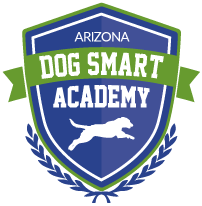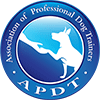
House Training My Dog
When my daughter graduated from college she decided she was ready for a new puppy. So she got a Husky (against my recommendations, but we will save that discussion for another time).
When the three-month-old puppy, Kona, arrived at her new home, my daughter showed her around. She wanted to “house train” her. She told her new puppy “here is the bedroom, where you will sleep and here is the patio where you will go to the bathroom”. On the same day, Kona stood by the door to let my daughter know she needed to go outside.
As soon as Kona was tall enough to reach for the door handle, she would let herself out.
There was no training, no messes, and all in no time
However, most of us have a completely different experience when trying to house train our dog. We spend time cleaning messes and figuring out what to do next. Some people even contemplate giving up their dogs because of house training challenges.
How can we help? Here are some steps you may take to improve the speed and reliability of house training.
Kennel, Kennel, Kennel
No, it is not a cage or a punishment! You want your new dog to associate the kennel as her den. Feed her, put her toys inside, and occasionally toss treats in the kennel. Make sure that it is big enough for your puppy to stand up and turn around, but small enough that there isn’t space for her to potty on one side and get away from the mess on the other.
Take your new best friend out of the kennel and straight outside
Wait with her to go potty. If you want to teach her to go on command, wait for her to start going and repeat “go potty, go potty” until she is done. Don’t make eye contact with your dog, just repeat the command.
Keep feeding time at a regular schedule
If the dog drinks, expect that she may need to go outside in about 20 minutes, especially for young dogs. Keep the meal schedule regular. Do not free feed your dog. Young puppies need to go out shortly after they eat, older dogs may take longer to need to go. As digestion varies according to what you feed your dog—raw, kibble, or home cooked meals; this affects the time between feeding and the need to potty as well. If you feed twice per day, schedules will become apparent as to when they need to eliminate. Some dogs will go once and done. Others several times per day. The important thing is to schedule regular potty times that meet their needs and work for your schedule as well.
Always keep your new dog close to you and under supervision
Do not let her to get very far from you, and do not let your dog wander around the house. If your dog is out of sight, she is probably going potty somewhere inside your house.
Don’t scold or punish your dog for having an accident
Just clean it. Stay calm and be patient. Accidents do happen and your dog will be going potty outside in no time.
Ida DeLeon, CPDT-KA
AZ Dog Sports




Leave a Reply